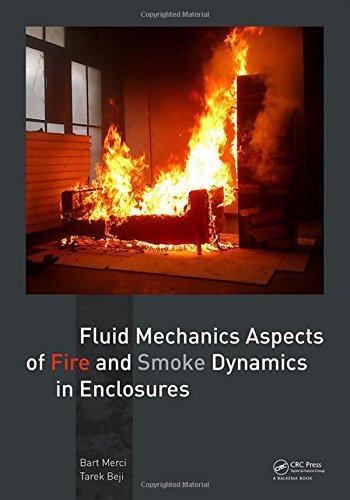

Most ebook files are in PDF format, so you can easily read them using various software such as Foxit Reader or directly on the Google Chrome browser.
Some ebook files are released by publishers in other formats such as .awz, .mobi, .epub, .fb2, etc. You may need to install specific software to read these formats on mobile/PC, such as Calibre.
Please read the tutorial at this link: https://ebookbell.com/faq
We offer FREE conversion to the popular formats you request; however, this may take some time. Therefore, right after payment, please email us, and we will try to provide the service as quickly as possible.
For some exceptional file formats or broken links (if any), please refrain from opening any disputes. Instead, email us first, and we will try to assist within a maximum of 6 hours.
EbookBell Team

0.0
0 reviewsThis book aims at fulfilling the need for a handbook at undergraduate and starting researcher level on fire and smoke dynamics in enclosures, giving fluid mechanics aspects a central role. Fluid mechanics are essential at the level of combustion, heat transfer and fire suppression, but they are described only cursorily in most of the existing fire safety science literature, including handbooks.
The scope of this handbook ranges from the discussion of the basic equations for turbulent flows with combustion, through a discussion on the structure of flames, to fire and smoke plumes and their interaction with enclosure boundaries. Using this knowledge, the fire dynamics and smoke and heat control in enclosures are discussed. Subsequently, a chapter is devoted to the effect of water and the related fluid mechanics aspects. The book concludes with a chapter on CFD (Computational Fluid Dynamics), the increasingly popular calculation method in the field of fire safety science.
The authors have attempted to write a book where the theory is illustrated by worked-out examples and the reader is challenged to complete additional clarifying exercises. The book is intended primarily for teaching purposes, but at the same time should prove a useful tool for starting researchers in the field of fire safety science, providing in-depth insight into fluid mechanics in relation to fire phenomena.